Virtuosity Blog
A 2.5 Inch Hydrant Outlet is 2.5 Inches. Right?
Not quite. What exactly do you get with a 2 ½ inch hydrant outlet? It depends a lot on where you are and when the hydrants were manufactured. There are numerous standard sizes, so you need to be careful, especially if you work on old water systems in the Northeast US.
Hydrant caps and threads are named according to the diameter (outer diameter of the male end threads) and number of threads per inch. (Another number that can be used is “thread pitch” which is the space between threads in millimeters.) The two most common threads are National Pipe Straight Hoses Thread (NPSH) at 2.841 inches and 8 threads per inch while National Standard Threads (NST) are 3.066 inches and 7.5 threads per inch. NST is the most common in the US today for hydrants.
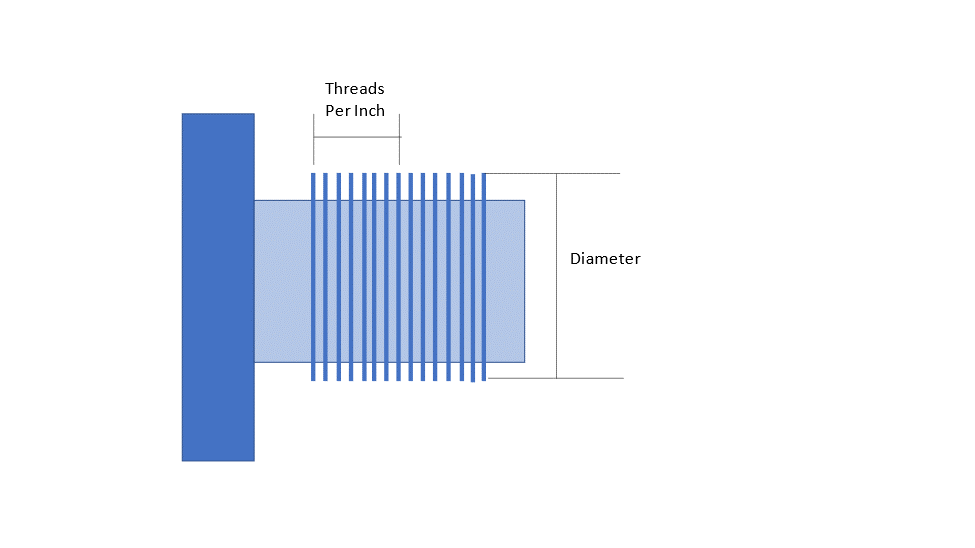 Figure 1: Definition sketch.
Figure 1: Definition sketch.
In the old days, there were no national standards, and each city could specify its own “standard” thread. I found one table showing that diameters in various US cities ranged from 3.00 inches to 3.125 inches and threads density ranged from 6 to 8 threads per inch. The lack of standard thread resulted in much greater losses in fires as a fire department might try to help a neighboring department but could not hook onto the hydrants to provide additional flow because the threads didn’t match.
One large regional water system I worked with was made up of many smaller municipal systems that had evolved into one large system. Overall, they ended up with 11 different hydrant threads. Each crew had to carry a set of adapters with them which converted the local thread on the hydrant side to NST threads on the hose side. To keep them straight, they called them clever names like the red, yellow, white… threads which is a lot easier to remember than 3.125 inches. The adapters were painted so they could be easily selected.
If you are a consultant traveling around the US, you need to be sure you bring the right cap for your hydrant cap gauge. If you are wrong, you may be able to get by with some leakage around the threads but in most cases, the cap simply won’t fit. You don’t want the hydrant cap to be only held on by a single thread. It’s unsafe.
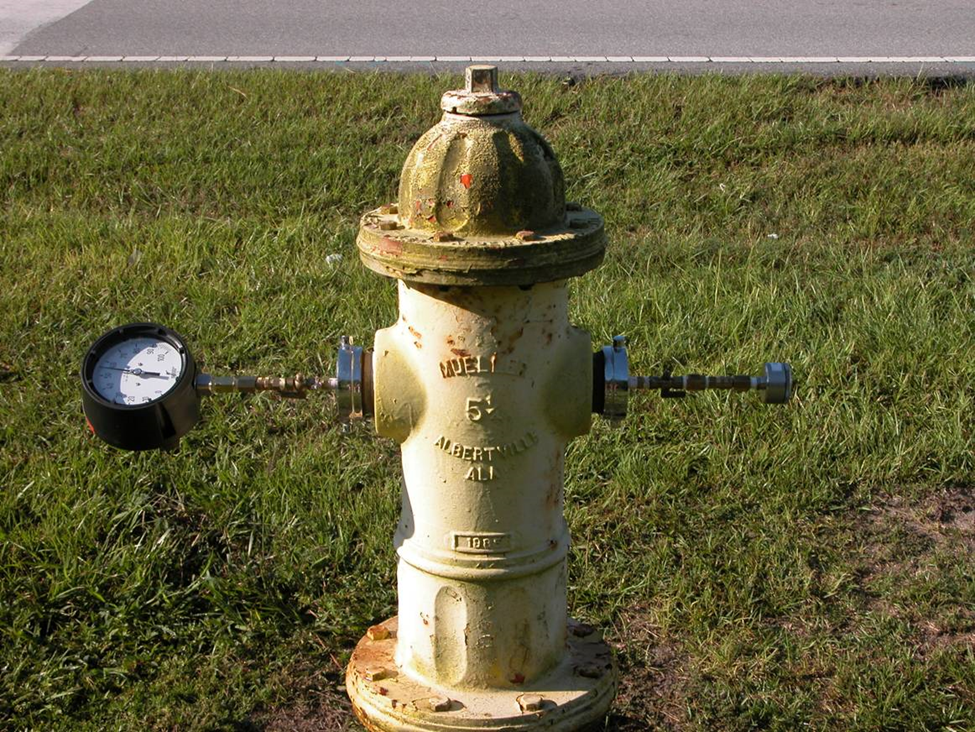 Figure 2: You can't do this without the correct threads.
Figure 2: You can't do this without the correct threads.
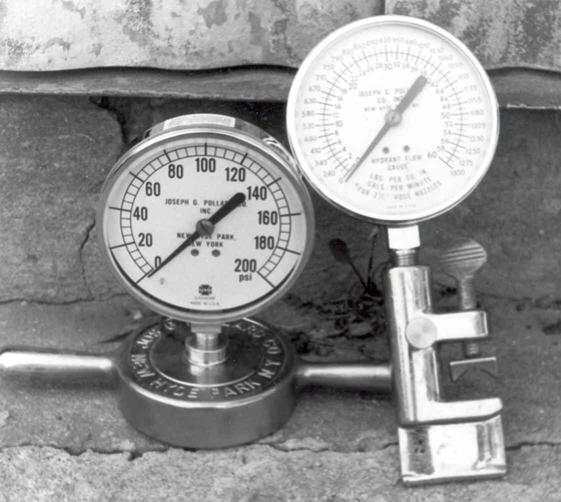
Figure 3: Hydrant cap gauge and Pitot gauge. The inner diameter of the Pitot gauge is usually very close to 2 ½ inches.
These standards not only apply to 2 ½ inch outlets but those are the outlets where we usually hook up pressure gauges. For example, garden hose standard thread is 1.062 inch with 11.5 threads per inch.
But it’s not just threads that can vary across systems. Operating nuts can also vary. Most of us in the US are familiar with five-sided operating nuts. But I’m in a US city now that has a mixture of triangular and round (yes, round) operating nuts.
Why not make all operating nuts square? If they did, it would be so easy to open a hydrant with a typical wrench so that anyone could open a hydrant for any reason.
And what I’ve written above only applies to the US. Variations in other counties not only have different threads but entirely different hydrants.
Most countries have substantially lower required fire flow and as such, smaller hydrants. Here are a few pictures.
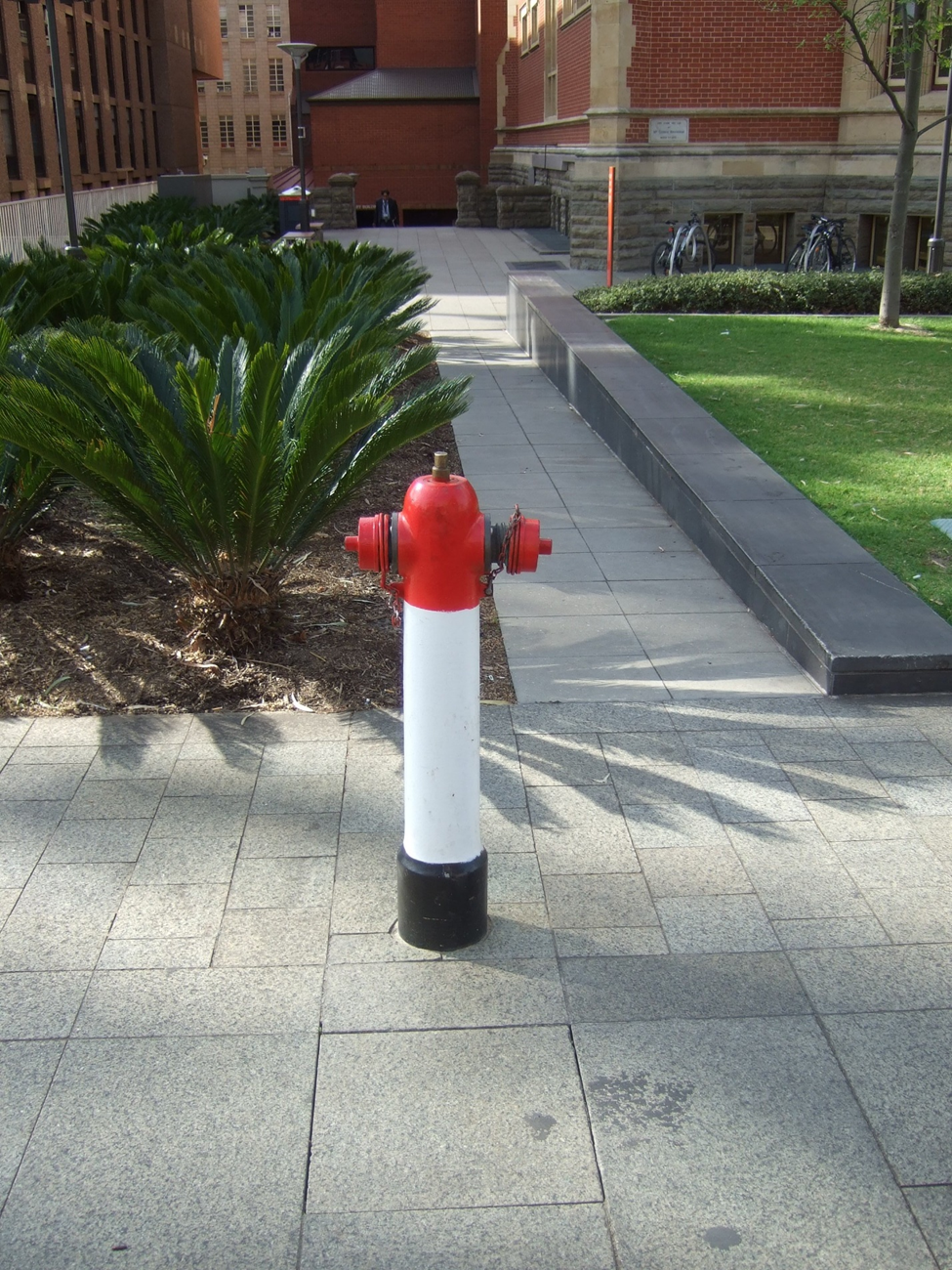 Figure 4: Small hydrant in Australia.
Figure 4: Small hydrant in Australia.
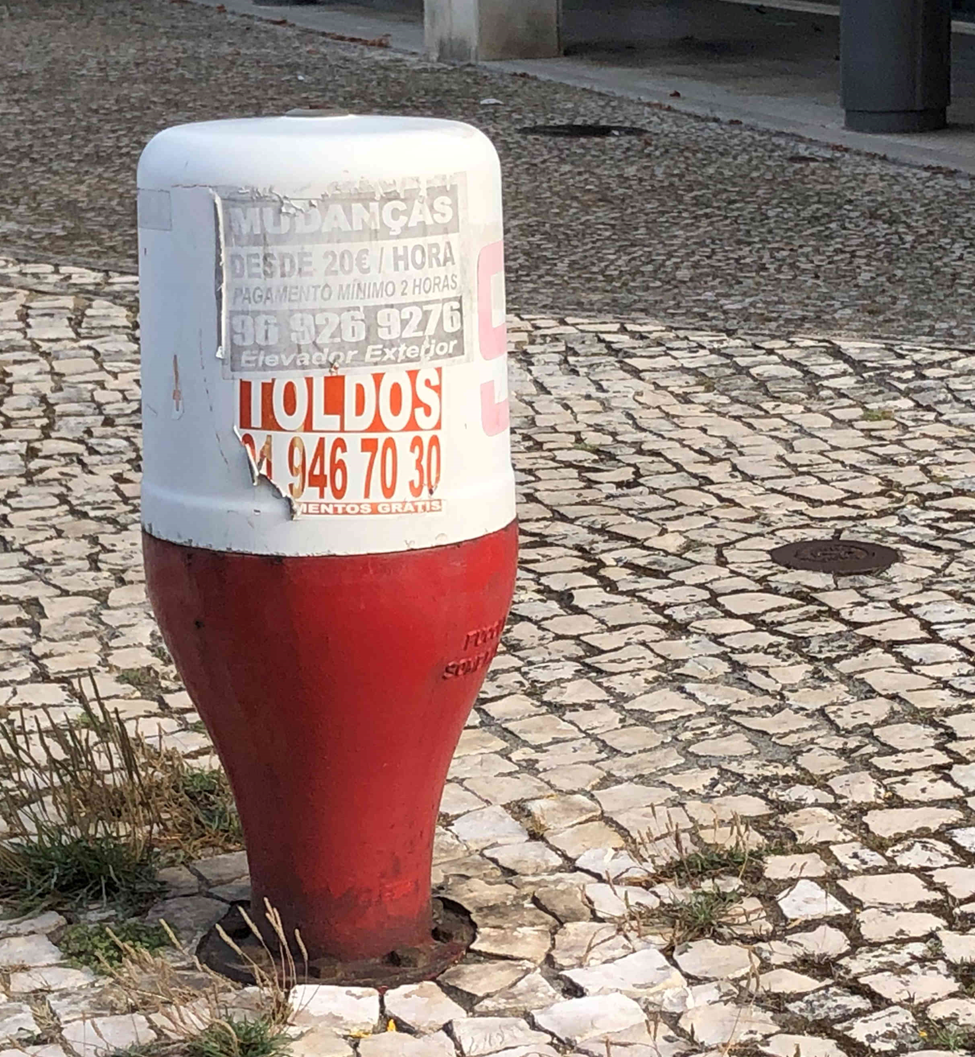 Figure 5: Hydrant in Portugal.
Figure 5: Hydrant in Portugal.
In some cases, “hydrants” are made up of an underground fitting and an above ground hydrant that the fire fighters bring to the site of the fire and hooks it on to the underground fitting.
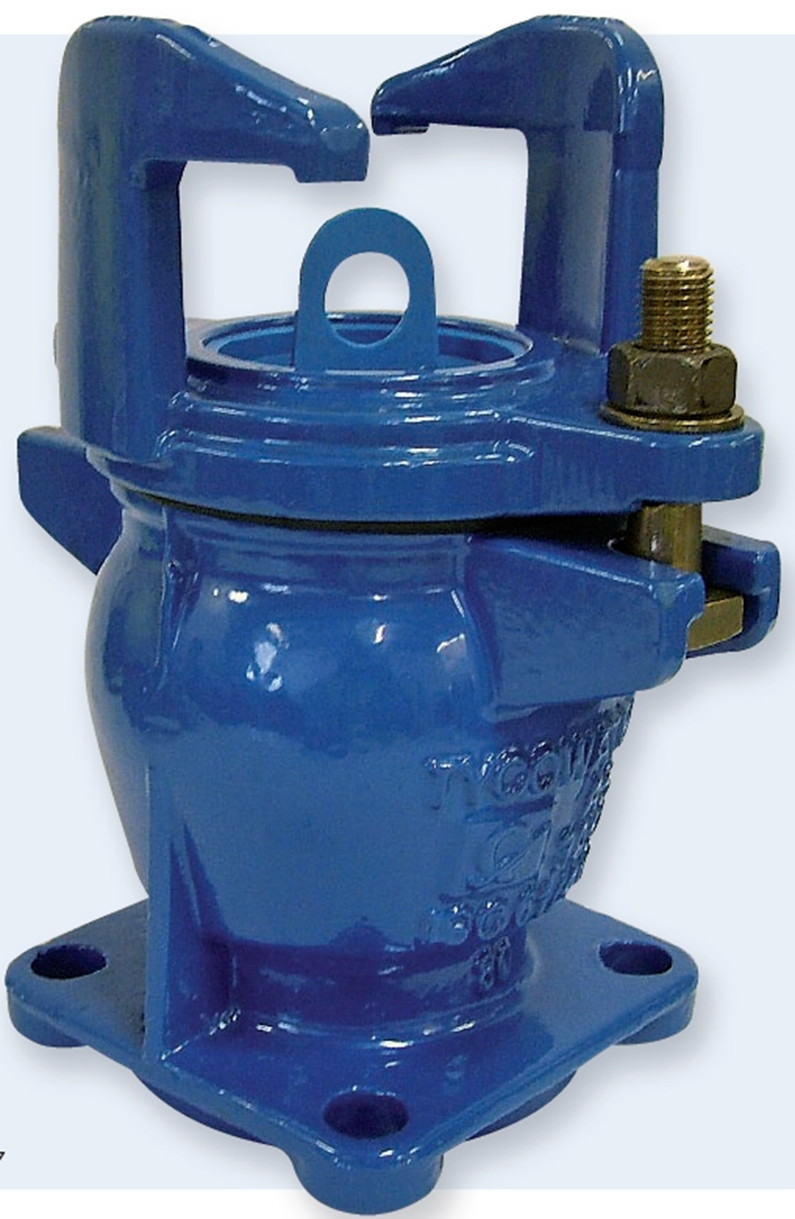
Figure 6: Buried hydrant fitting.
And if you really want to start some trouble, we can talk about left-handed vs. right-handed valves.
If you want to look up past blogs, go to https://blog.virtuosity.com/tag/water-and-wastewater. And if you want to contact me (Tom), you can email tom.walski@bentley.com.
Want to learn more from our resident water and wastewater expert? Join the Dr. Tom Walski Newsletter today!

